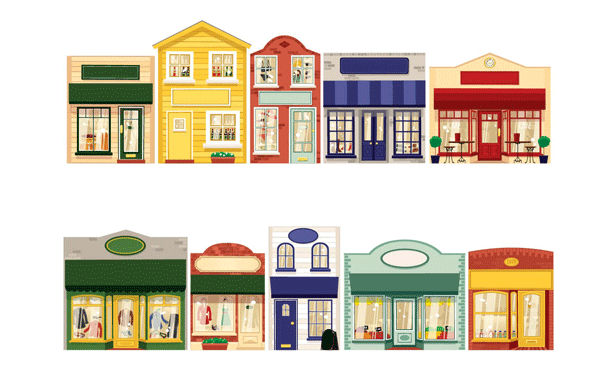 Social and Income Inequality are among the top challenges facing development and real estate investment, according to presenters on the Equity and Inclusion: Creating Conditions the Benefit Everyone panel at the Urban Land Institutes Fall Conference, which is in Downtown Los Angeles this week. Panelists included Calvin Gladney, managing partner at Mosaic Urban Partners; Angela Blackwell, CEO of Policy Link; Stephanie Meeks, president and CEO of the National Trust for Historic Preservation; and moderator Michael Banner, president and CEO of Los Angeles LDC. Each of the speakers gave a brief speech on their perspective of equitable development and why it is important to the success of communities and cities.
Social and Income Inequality are among the top challenges facing development and real estate investment, according to presenters on the Equity and Inclusion: Creating Conditions the Benefit Everyone panel at the Urban Land Institutes Fall Conference, which is in Downtown Los Angeles this week. Panelists included Calvin Gladney, managing partner at Mosaic Urban Partners; Angela Blackwell, CEO of Policy Link; Stephanie Meeks, president and CEO of the National Trust for Historic Preservation; and moderator Michael Banner, president and CEO of Los Angeles LDC. Each of the speakers gave a brief speech on their perspective of equitable development and why it is important to the success of communities and cities.
Blackwell kicked off the topic with an eloquent speech defining equitable development. In her definition, she separates equitability from equality. The latter, she said, focuses on providing the same tools to achieve success, while the former asks, “What are the outcomes.” By equity, I mean just and fair inclusion into society,” she said in her address. “I think equity is the superior growth model going forward.” Equitable development, then, is the idea of creating inclusive societies that function for people across the economic spectrum. She says the progressive of gentrification will illustrate this “in passing.” There is a sweet spot when both the former community and the higher income groups live side-by-side. “We have to give people access to communities that thrive,” she said.
Then, she took the concept further to regional equitable development, or bringing equity into areas that need it. Regional equity requires affordable housing, transportation and integration, meaning that affordability needs to be “baked in” said Blackwell, allowing people from different economic backgrounds to live in the same community. Most importantly, you don't need to take anything away to accommodate equity. “When you solve problems for those who are most vulnerable, you solve them for everyone,” she added, using the curb cuts in the street as an example. Those were created for the disabled, but people with strollers and roller luggage also appreciate the convenience of curb cuts. Creating equitable communities through development would accomplish stronger and more economically viable communities.
Gladney added in the perspective of the private sector, saying that even if you don't think it will, social and income inequality could affect your development project—and it could affect economic performance of the project. Additionally, millennials are an unavoidable demographic. Developers need to build for them. Approximately 40% of millennials identify as people of color or minorities, and they want to live in communities that reflect who they are. Developers should be focusing on issues of social inequality to advance their economic performance, but they don't need to focus on moral issues.
Looking at the physical fabric of the city, Meeks said that old building stock is crucial to the economic performance and diversity of a city. Cities with an older building stock provide more space for artists and innovators. “Neighborhoods with a mix of buildings have more opportunities for people all along the economic spectrum,” she said. Meeks added that the older buildings also create more affordable housing. She estimates that cities with older buildings have 27% more affordable units. City blocks with older buildings also have more density, which also helps to create more affordability. She noted the adaptive reuse ordinance in Los Angeles, which helped revitalize old buildings, and her organization has created a model adaptive reuse ordinance that other cities could apply to find the same or similar success in its buildings.
Overall, the three speakers were all looking for ways to improve the economic and social vibrancy of cities through public and private means.
Want to continue reading?
Become a Free ALM Digital Reader.
Once you are an ALM Digital Member, you’ll receive:
- Breaking commercial real estate news and analysis, on-site and via our newsletters and custom alerts
- Educational webcasts, white papers, and ebooks from industry thought leaders
- Critical coverage of the property casualty insurance and financial advisory markets on our other ALM sites, PropertyCasualty360 and ThinkAdvisor
Already have an account? Sign In Now
*May exclude premium content© 2024 ALM Global, LLC, All Rights Reserved. Request academic re-use from www.copyright.com. All other uses, submit a request to [email protected]. For more information visit Asset & Logo Licensing.








